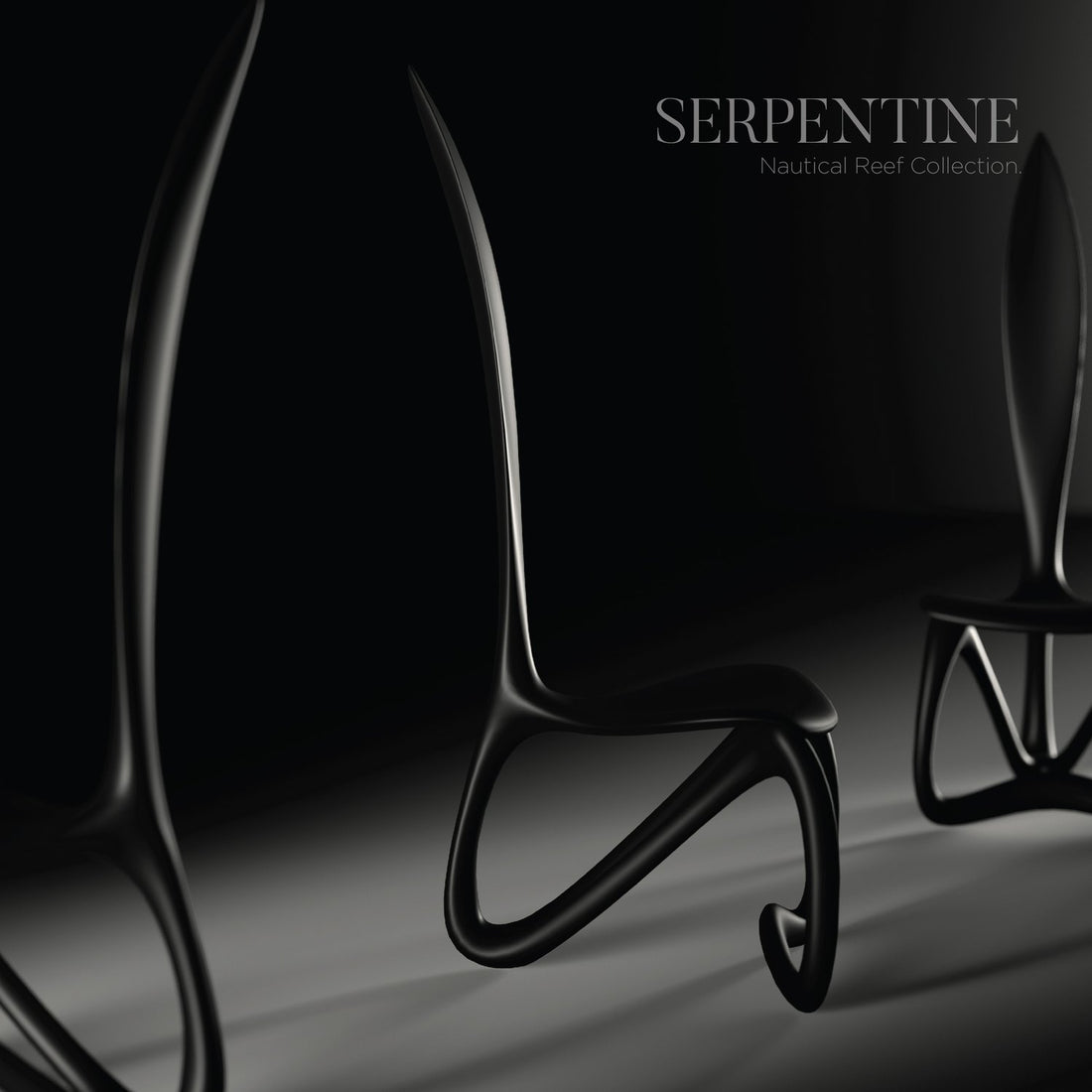
Exploring Biomimicry: Embracing Nature's Brilliance in Furniture Design
In the pursuit of creative and sustainable design solutions, designers and architects have increasingly sought inspiration from nature. Biomimicry, the art of emulating nature's strategies and principles, has emerged as a captivating approach in furniture design. By closely observing and learning from the intricacies of the natural world, designers can create furniture that not only captures the beauty of nature but also harnesses its efficiency and sustainability. In this blog post, we will dive into the captivating realm of biomimicry in furniture design, exploring its principles, benefits, and the remarkable possibilities it presents.
Biomimicry, derived from the combination of "bio" (life) and "mimesis" (to imitate), involves studying and emulating the patterns, forms, and processes found in nature to solve human challenges. It acknowledges nature as a profound teacher, offering endless inspiration for creative problem-solving. By drawing ideas from the natural world, designers can develop sustainable and innovative solutions across various industries, including furniture design.
The Benefits of Biomimicry in Furniture Design
Efficiency and Sustainability: Nature has evolved over millions of years to optimise efficiency and sustainability. By observing natural systems and processes, designers can create furniture that minimises waste, maximises resource utilisation, and operates in harmony with the environment.
Functional Adaptability: Nature's designs often exhibit adaptability and responsiveness to changing conditions. By applying biomimicry principles to furniture design, designers can create flexible and dynamic pieces that adjust to users' needs, ensuring improved functionality and comfort.
Aesthetics and Visual Appeal: Nature's forms, colours, and patterns have long been admired for their beauty. Incorporating biomimicry into furniture design allows designers to infuse natural aesthetics into their creations, resulting in visually captivating and harmonious pieces that foster a serene and inspiring environment.
Examples of Biomimicry in Furniture Design
Structural Inspiration: By studying the architectural designs of plants, such as the branching patterns of trees or the interlocking structures of leaves, designers can gain insights for creating innovative furniture designs with enhanced structural integrity and efficient material usage.
Surface Textures and Materials: Nature's diverse textures, like the rough bark of a tree or the intricate patterns on a butterfly's wings, can inspire the development of textured surfaces and materials for furniture, providing tactile experiences and visual interest.

Self-Cleaning and Maintenance: Drawing inspiration from nature's self-cleaning mechanisms, such as the water-repellent properties of lotus leaves or the anti-fouling scales of sharks, designers can explore innovative coatings or materials that make furniture easier to clean and maintain.
As our understanding of the natural world deepens and technological advancements continue to evolve, the potential for biomimicry in furniture design is boundless. Through collaborations with biologists, engineers, and material scientists, designers can unlock nature's secrets and develop groundbreaking furniture designs that seamlessly integrate with our environments, enhance well-being, and contribute to a more sustainable future.

Biomimicry in furniture design allows us to tap into nature's brilliance, drawing inspiration from its ingenious solutions to create innovative, sustainable, and visually appealing pieces. By learning from the patterns, forms, and processes found in the natural world, designers can bring the beauty and efficiency of nature into our living spaces, fostering a deeper connection between humans and the environment. As we wholeheartedly embrace biomimicry, we embark on a journey of limitless possibilities, reimagining furniture design and shaping a more harmonious and sustainable future.

